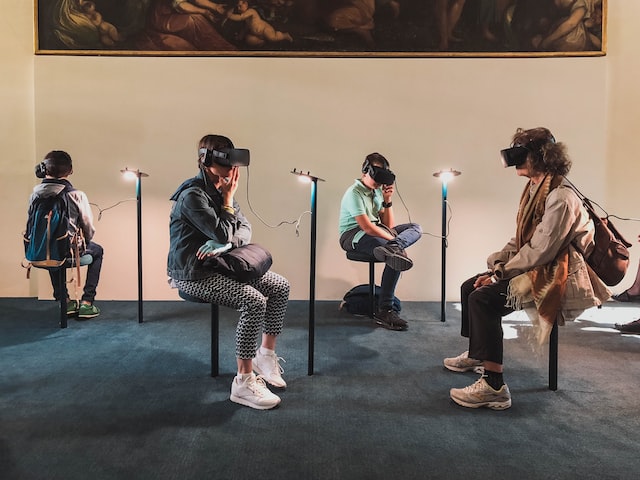How Collaborative Consumption Drives Sustainability

GUEST POST from Art Inteligencia
In recent years, the concept of the sharing economy has gained significant traction, with many individuals and businesses embracing the idea of collaborative consumption. This shift towards sharing resources, goods, and services is not only changing the way we consume, but also driving sustainability efforts across various industries. By redefining traditional notions of ownership and promoting a culture of sharing, collaborative consumption is proving to be a key driver in the fight against environmental degradation and resource depletion.
Case Study 1: Uber and Lyft
One of the most well-known examples of collaborative consumption is the rise of ride-sharing platforms such as Uber and Lyft. These services have revolutionized the way people commute in urban areas, providing a more efficient and cost-effective alternative to traditional taxi services. By connecting riders with drivers who are already heading in the same direction, ride-sharing platforms reduce the number of cars on the road, leading to decreased congestion and lower carbon emissions. In addition, the sharing of rides helps to optimize the use of existing resources, making transportation more sustainable in the long run.
Case Study 2: Airbnb
Another compelling case study of collaborative consumption driving sustainability is Airbnb, the popular accommodation-sharing platform. By enabling individuals to rent out their spare rooms or entire homes to travelers, Airbnb promotes the efficient use of existing housing stock and reduces the need for new hotel developments. This not only benefits hosts financially but also helps to alleviate the strain on local infrastructure and resources. Additionally, Airbnb encourages a more personal and authentic travel experience, fostering connections between hosts and guests and promoting cultural exchange.
Conclusion
Overall, the sharing economy presents a promising avenue for promoting sustainability and reducing the environmental impact of our consumption habits. By embracing the principles of collaborative consumption, individuals and businesses can contribute to a more sustainable future while also benefiting from increased efficiency and cost savings. As we navigate the challenges of climate change and resource scarcity, tapping into the sharing economy may just be the key to creating a more resilient and equitable society for generations to come.
Bottom line: Futurology is not fortune telling. Futurists use a scientific approach to create their deliverables, but a methodology and tools like those in FutureHacking™ can empower anyone to engage in futurology themselves.
Image credit: Pixabay
![]() Sign up here to get Human-Centered Change & Innovation Weekly delivered to your inbox every week.
Sign up here to get Human-Centered Change & Innovation Weekly delivered to your inbox every week.







